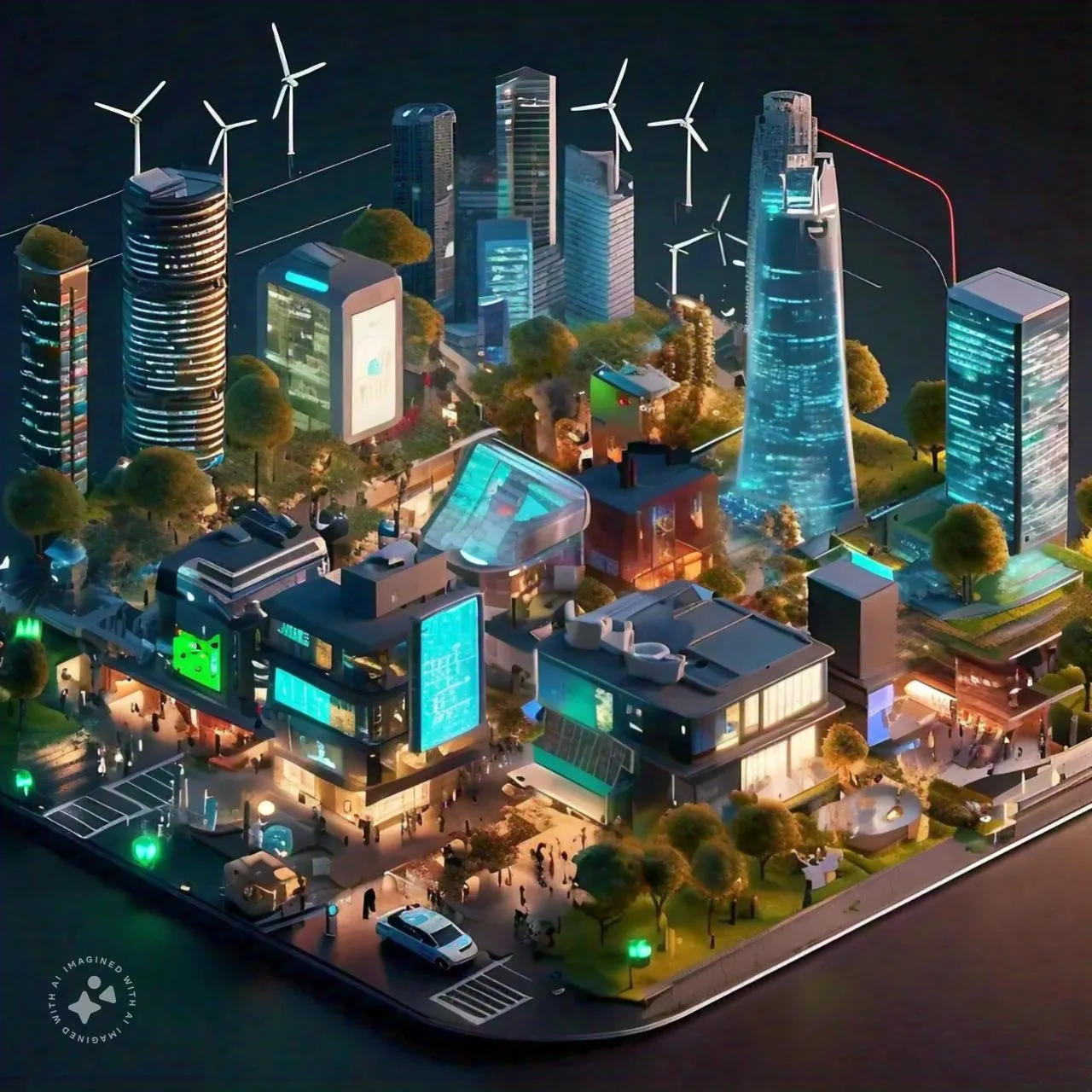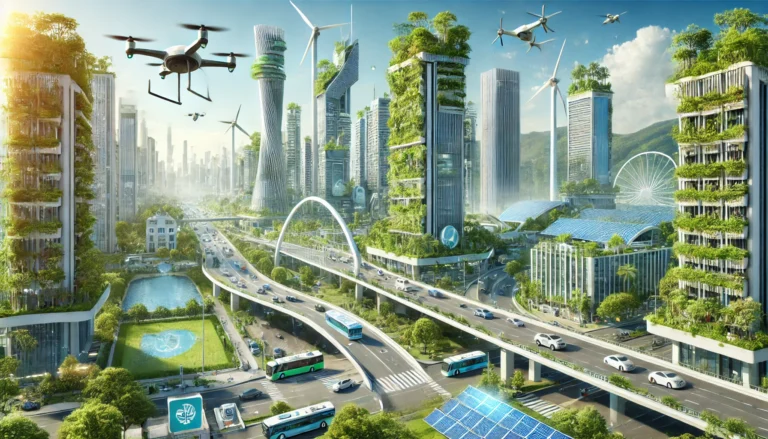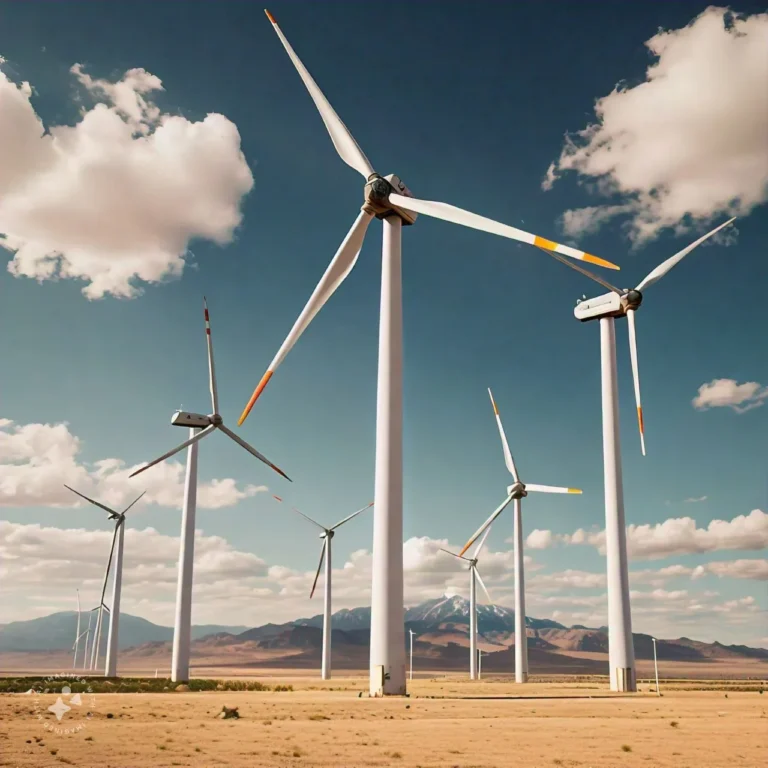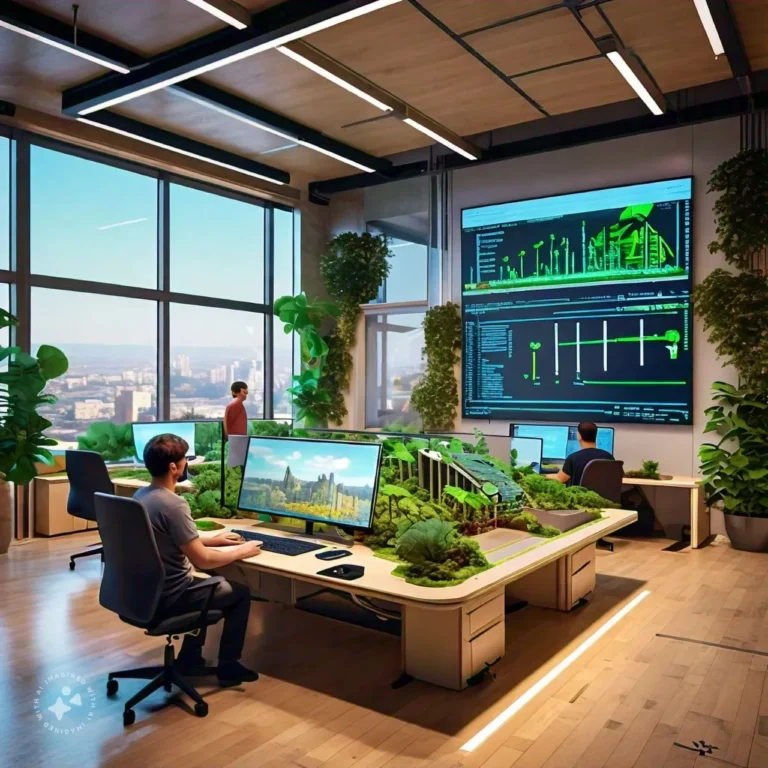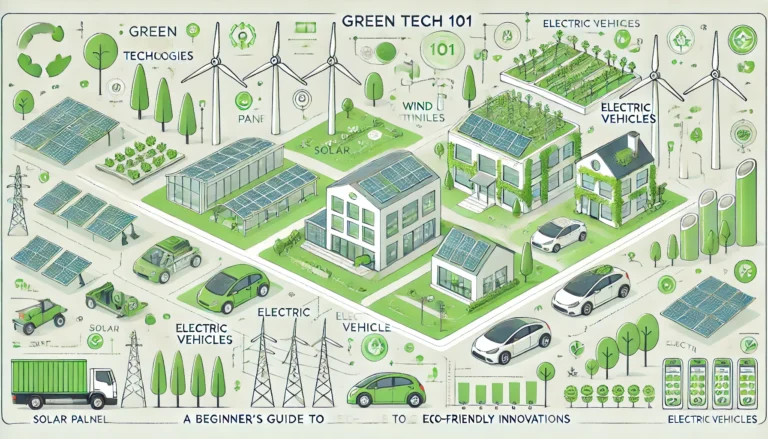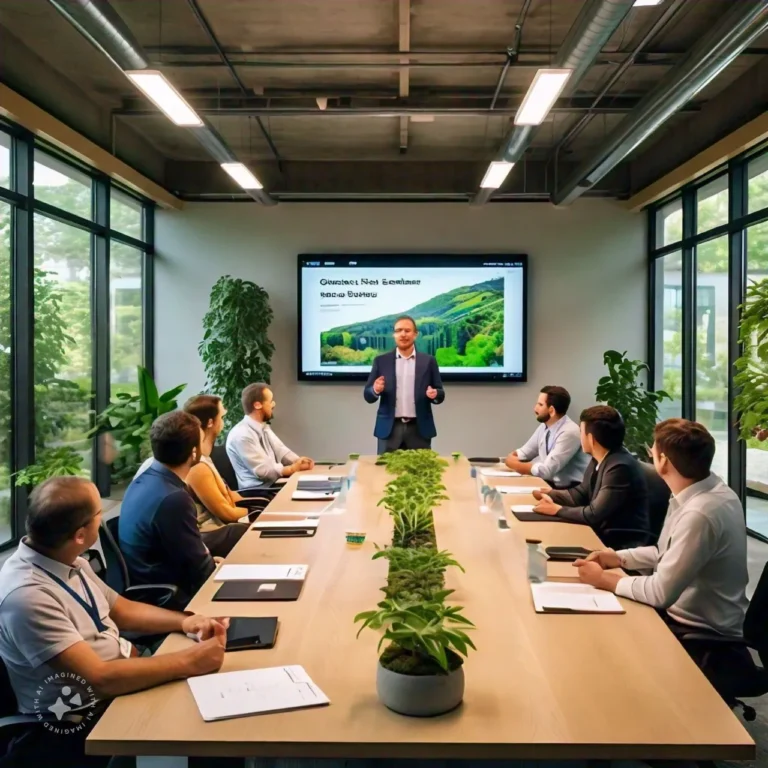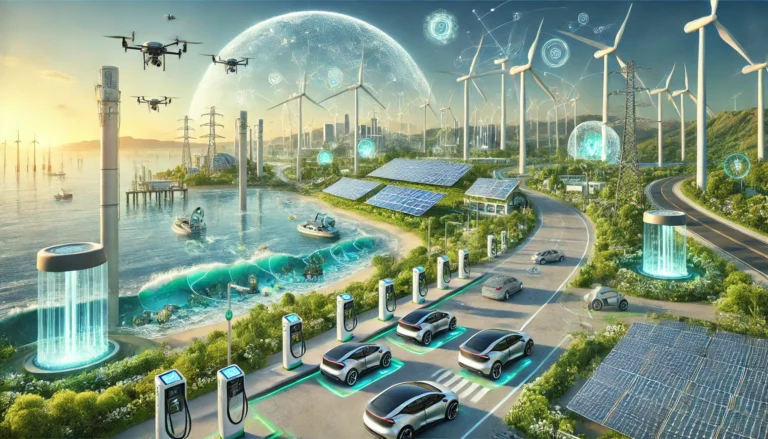Exploring the Future Growth of Green Smart Technology
Introduction
And in the 21st century, green smart technology has become an even more dynamic and transformative force for change as technological innovation converges with environmental consciousness. With the major issues of climate change, resource depletion, and environmental degradation confronting societies across the planet today, there is universal agreement that green smart technology will be a panacea for these. This in-depth insight looks at where green smart technology can grow, and how it is going to develop depending on its current state of play.
What Does the Name Green Smart Technology Mean?
Green smart technologies are those emerging tech which combine eco-friendly practices and novel technology to come up with solutions that can result in sustainability improvement across day-to-day functions and reduce wastage or negative impact on the environment. It includes everything from renewable energy systems and smart grids to intelligent building designs and sustainable transportation.
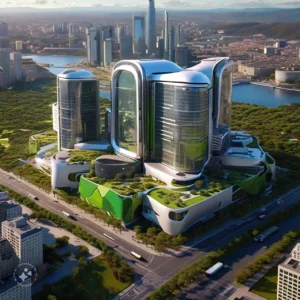
Some Green Smart Technology Essential Parts
Renewable Energy Systems
- Solar Power: Using photovoltaic cells to convert sunlight into energy.
- Wind Energy: Using wind turbines to transfer the kinetic energy of air into electrical power.
- Hydropower: Harnessing flowing water for electricity production.
Smart Grids
- Real-time energy monitoring and distribution to optimize usage – Energy Management
- What questions must be answered to unlock the potential market for the integration of renewable energy sources into the grid?
- Catering Consumer: According to this paradigm, smart meters give consumers tools with the help of which they can manage their energy consumption.
Intelligent Building Designs
- Energy Efficiency: Use less energy materials and systems.
- Building control measures: Installing sensors and controls for lighting, heating, cooling, etc.
- Sustainable Materials: This includes the use of eco-friendly and recyclable building materials.
Eco-Friendly Transportation
- Range anxiety should be a thing of the past when you believe that 100% electric automotive technology is already here and ready to supply you with some much-needed freedom from Big Oil!
- Public Transit Innovations: Designing high capacity, low-emission public transit systems.
- Bicycle Sharing Systems: Towards a Non-Motorized Mobility Intervention.
Where are we in Green Smart Technology?
The future of hockey will be green not just because that is good for the world and its inhabitants, but also due to a mix of smart tech advances – already exploding in many other sectors – government policy pushing hard on reduced carbon emissions through mandates and goal setting as well as continual societal pressures centered toward sustainability.
Renewable Energy Adoption
The renewable energy market worldwide has experienced an increase like never before. In 2020, renewables comprised almost 29 percent of global electricity generation and this percentage is expected to continue increasing until the end of the decade. Germany, China, and the United States are frontrunners with their investments in solar or wind farms.
Advancements in Smart Grids
Smart grids for improved energy distribution and consumption run smartly. According to the U.S. Department of Energy, smart grid technologies may decrease electricity use by as much as 12% each year. Grid reliability and efficiency are improved by utilizing such innovations as demand response systems, and energy storage solutions.
Smart Buildings Evolution
Therefore, the building industry begins to deploy smarter and greener technology. Smart building technology global market size will expand from $60 billion in 2020 to beyond $105 billion by 2025, driven mainly through developments of IoT (Internet Of Things) and AI (Artificial Intelligence). These technologies mean buildings can control and regulate their energy use, massively lowering the emissions profile.
Attracting Green Transport Options
EVs are the future. With global sales running over 2 million units for 2019, electric cars (or EVs) have more of a foothold on our roads. Tesla, and then Nissan a few years later followed by BMW, are fundamentally changing the game with rapidly advancing technology that has improved battery lifespan while decreasing purchase price to get their foot in the door. They are now also offering bike-sharing and carpooling options to reduce city center congestion, along with rolling out connected sewer sensors.
The Future Of Green Smart Tech
Dozens of innovations and trends are coalescing, in theory, to scale a green smart product category that is set to be transformative.
1. AI and Machine Learning Integration
Green Smart Technologies and the Role of AI/ML Integration Artificial Intelligence (AI) and Machine Learning Boolean Text Summation converter. These data could be excessively analyzed through the technology to predict energy consumption habits, improve renewable energy generation and also help in optimizing smart grids.
HOW TO USE AI IN RENEWABLE ENERGY
- Predictive Maintenance: AI which can predict failures of wind turbines or solar panels, saving downtime and maintenance costs.
- Energy Forecasting: To forecast energy production from renewable sources, ML algorithms can be used in practice ensuring a stable source of energy.
Smart Grids and Buildings with AI
- Energy optimization: AI algorithms can regulate heating, cooling, and lighting in buildings according to occupier presence and weather conditions.
- Grid Management: Predicting demand and supply fluctuations is one of the areas AI can make a significant impact in, improving distribution using smart grids.
2. Energy Storage Solutions Have Improved
Because energy storage is vital to the revolution of renewable energy sources. Having better and cheaper ways to store power are the key, since having enough battery storage is required for renewable sources like solar or wind which only create energy intermittently.
Advancements in Battery Technology
- Solid-State Batteries: Offer higher energy density and safety over traditional lithium-ion batteries.
- Grid Applications: Scalable and long-duration energy storage using Flow Batteries!
3. Decentralized Energy Systems: Growth Experiment
This will result in the widespread deployment of microgrids and distributed generation for energy. They improve energy security and resilience by enabling on-site generation and consumption of our electricity.
Microgrid Innovations
- Neighborhoods can power and store their own energy, making large prints a thing of the past.
- Renewable Integration: Simplifying the connection of solar or wind power generation to a distribution network.
4. Green Building Certifications Grew
Green Building Certifications such as LEED (Leadership in Energy and Environmental Design) – BREEAM (Building Research Establishment Environmental Assessment Method). These ratings provide a monetary advantage to sustainable construction practices and promote technology adoption by the industry.
The Effects of Green Certifications
- Green Value: Certified green buildings have significantly higher market values and appeal to a growing number of environmentally aware tenants and buyers.
- Compliance: Governments around the world are enforcing green certifications in new constructions, which will do nothing more than to incentivize greener technologies.
5. Proliferation of Smart Cities
Green smart technology and the rise of smart cities, which are based on using technology to improve urban living, go hand in hand. Smart cities improve resource efficiency, reduce pollution and contribute to citizens’ well-being.
Smart City Initiatives
- Smart Transportation: Act on intelligent traffic control systems, EV charging hubs, and an interconnected public transport ecosystem.
- Waste Management: IoT sensors & data analytics for optimizing waste collection/recycling.
- Water Conservation: Using Smart Meters and Leak detection Systems to save water from wastage.
Challenges and Opportunities
Despite the promise that green smart technology holds for future expansion in usage, it is not without its own obstacles. Dealing with these issues is essential to tapping the full promise of blockchain and Digital Asset Use Cases.
Challenges
- High Initial Costs: The cost of investment in green smart technologies can be a deterrent initially, particularly for the developing world.
- For example, Technical Integration: How to integrate various technologies (AI + IoT + renewables) smoothly is very difficult.
- The biggest impediments: Regulatory Hurdles: How to navigate through the uncharted territories of widely varying regulatory landscapes and getting approvals in place which often takes a backseat when it comes to the deployment of green smart technologies.
Opportunities
- Policy support: Government incentives, subsidies tariff structure, or other regulatory measures can speed up the implementation of sustainable solutions.
- Public Awareness: Raising consumer demand for sustainable solutions can promote the market.
- Technological Innovation: Advancements in technology, with AI (Artificial Intelligence), Blockchain Technology, and Quantum Computing, can enable new frontiers for green smart technologies.
Conclusion
This future green smart technology growth demonstrates a paradigm shift for the world, where all processes become more sustainable and efficient. With better regulation and accounting of technology for renewable energy, smart grids/homes, eco-mobility societies are both able to solve some environmental challenges while stimulating the economy with an increase in quality lifestyle. This is just the beginning of what can happen with AI, energy storage, decentralized systems, and green certifications as smart technology continues to amalgamate itself into daily life in future generations changing how our world operates. Policy support together with a loud marketing campaign backed by technological advancements will be instrumental in making this vision into reality. The march to a cleaner, more intelligent future is ultimately getting started with the promise of technology and nature living together in peace for centuries after.

